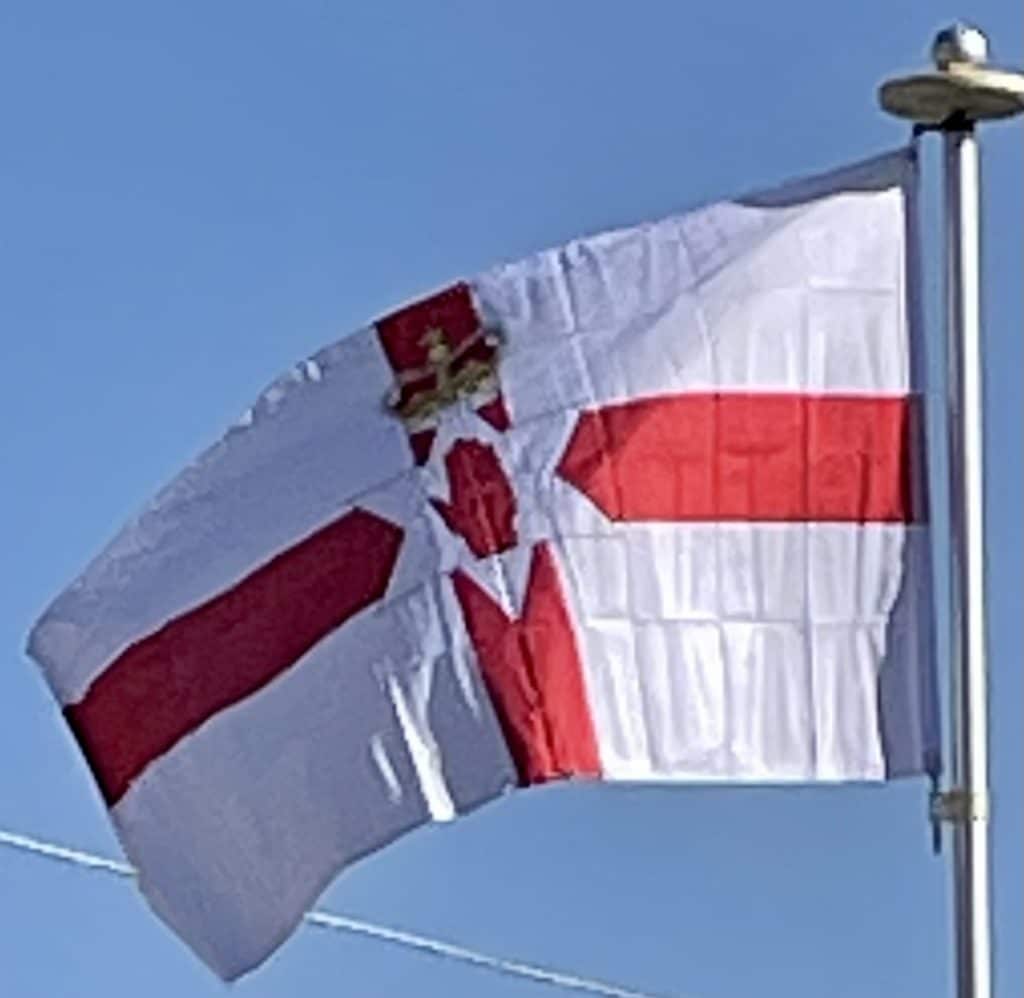
The Plantation of Ulster continued well into the 18th century, interrupted only by the Irish Rebellion of 1641. This Rebellion was initially led by Sir Phelim O’Neill, and was intended to overthrow British rule rapidly, but quickly degenerated into attacks on colonists, in which dispossessed Irish slaughtered thousands of the colonists. In the ensuing wars (1641–1653, fought against the background of civil war in England, Scotland and Ireland), Ulster became a battleground between the Colonialists and the native Irish. In 1646, an Irish army under command by Owen Roe O’Neill (Irish: Eoghan Ruadh Ó Néill) inflicted a defeat on a Scottish Covenanter army at Benburb in County Tyrone, but the native Irish forces failed to follow up their victory and the war lapsed into stalemate. The war in Ulster ended with the defeat of the native army at the Battle of Scarrifholis, near Newmills on the western outskirts of Letterkenny, County Donegal, in 1650, as part of the Cromwellian conquest of Ireland conducted by Oliver Cromwell and the New Model Army, the aim of which was to expel all native Irish to the Province of Connaught.
Forty years later, in 1688–1691, the Williamite War was fought, the belligerents of which were the Williamites and Jacobites. The war was partly due to a dispute over who was the rightful claimant to the British Throne, and thus the supreme monarch of the nascent British Empire. However, the war was also a part of the greater War of the Grand Alliance, fought between King Louis XIV of France and his allies, and a European-wide coalition, the Grand Alliance, led by Prince William of Orange and Emperor Leopold I of the Holy Roman Empire, supported by the Vatican and many other states. The Grand Alliance was a cross-denominational alliance designed to stop French eastward colonialist expansion under Louis XIV, with whom King James II was allied.
The majority of Irish people were “Jacobites” and supported James II due to his 1687 Declaration of Indulgence or, as it is also known, The Declaration for the Liberty of Conscience, that granted religious freedom to all denominations in England and Scotland and also due to James II’s promise to the Irish Parliament of an eventual right to self-determination. However, James II was deposed in the Glorious Revolution, and the majority of Ulster Colonialists (Williamites) backed William of Orange. It is of note that both the Williamite and Jacobite armies were religiously mixed; William of Orange’s own elite forces, the Dutch Blue Guards had a papal banner with them during the invasion, many of them being Dutch Roman Catholics.
At the start of the war, Irish Jacobites controlled most of Ireland for James II, with the exception of the Williamite strongholds at Derry and at Enniskillen in Ulster. The Jacobites besieged Derry from December 1688 to July 1689, ending when a Williamite army from Britain relieved the city. The Williamites based in Enniskillen defeated another Jacobite army at the battle of Newtownbutler on 28 July 1689. Thereafter, Ulster remained firmly under Williamite control and William’s forces completed their conquest of the rest of Ireland in the next two years. The war provided Protestant loyalists with the iconic victories of the Siege of Derry, the Battle of the Boyne (1 July 1690) and the Battle of Aughrim (12 July 1691), all of which the Orange Order commemorate each year.
